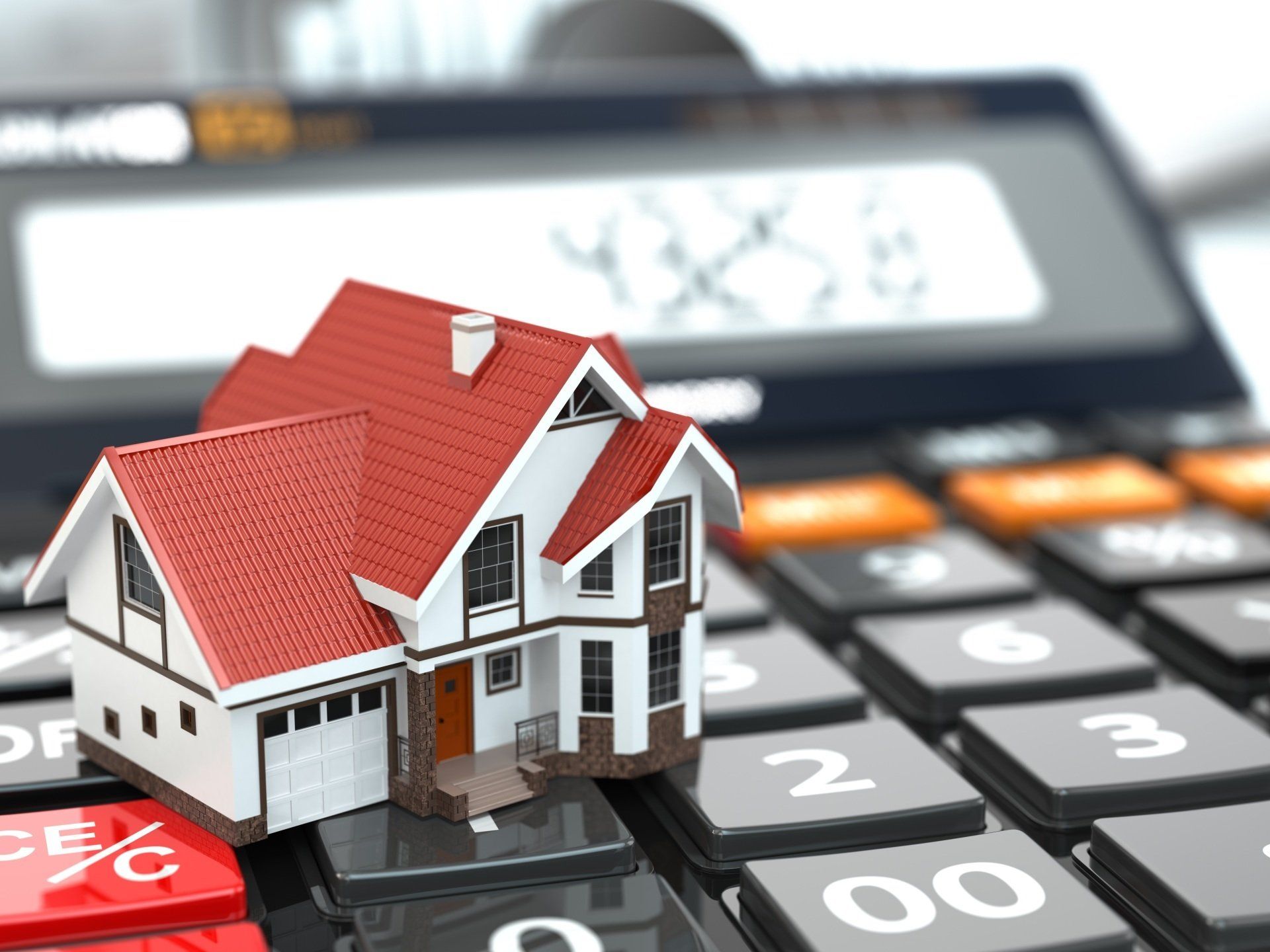What type of rental housing is right for you? That will depend on your needs and preferences. To help you make the process of choosing a little easier, we’ve compiled this list of different types of Rental Housing. Apartment An apartment is a housing unit occupying a single section of a common building. There are different types of apartments including studios, consisting of one single room with all amenities combined. These are great for single dwellers not worried about combining a bedroom with their living space. You can also choose a low-rise apartment with one to four floors which may not have an elevator. If you choose a high-rise with 12 or more stories you typically have multiple elevators and amenities in the building. Duplex This is a type of housing consists of two separate full units side by side. It offers more privacy and independence, and usually a yard, than an apartment. Condominium Much like an apartment, condos have multiple stories and common space. However, the complex of units are individually owned. Single-Family Home A freestanding residence with its own lot and usually includes a garage and yard. This type of housing is much like owning your own home and offers privacy. Townhouse This type of housing is a hybrid of a single-family home and a condominium. Typically they have multiple floors and share a common wall with a neighbor. Some may also have a yard and garage.
When designing a small space, you need to maximize functionality and think creatively. Here are some tried and true tips for design ideas for small spaces. Create an Illusion with Long Drapes You can trick the eye into seeing a more expansive area by using floor-to-ceiling curtains. Drawing the eye upwards will give a sense of grandeur. Keeping your drapes long, even when your window is not, is also a great way to expand your space. Maximize Functional Furnishings Choose wisely when adding furniture to a small space. If you have a multipurpose area, make the best of the situation by buying furniture that is the right scale for the room or that serves more than one purpose. Take Advantage of Vertical Space By adding extra shelving or utilizing space above furniture, you can take advantage of any small space. The key is to stretch your storage space upward, so you are using vertical space and not floor space. Add Mirrors One of the oldest tricks in the design book is to add mirrors to visually expand your space. You can add a large floor-length mirror, place a mirror behind a light source or even mirror an entire wall or closet door.

1. Apply for a Secured Credit Card A secured card is backed by your own cash deposit, usually the same as your credit limit on the card. You can use the credit card like any other one until you’ve established your own credit. 2. Sign Up for Credit Monitoring Stay on top of any irregularities or unexpected dings on your credit report by using a credit monitoring service that will alert you of any problems. 3. Report Your Rent Payments to a Credit Agency Your lease payments can help you establish credit if you report them. There are several rent-reporting agencies that can assist you such as Rental Kharma and RentTrack. This is also a great way to set up good credit if your long term plan is for homeownership. 4. Make Timely Payments If you are someone who is overwhelmed with managing bills, set up automatic payments so that you’ll never be late paying your bills. 5. Become an Authorized User for Someone’s Credit Card A family member or partner may be willing to add you as an authorized user on his or her card. You’ll be able to access and build credit, but will not be legally obligated for the debts. You’ll need to verify that the card used will report authorized user activity to credit bureaus before establishing this type of credit.




